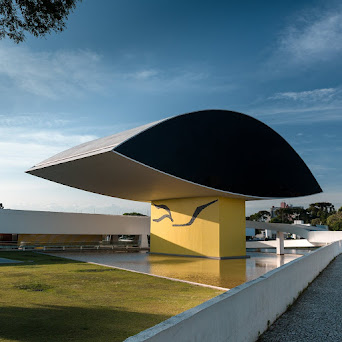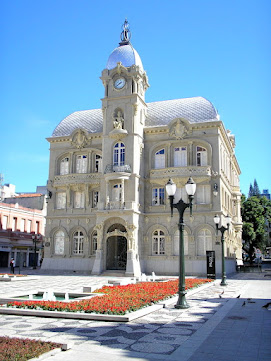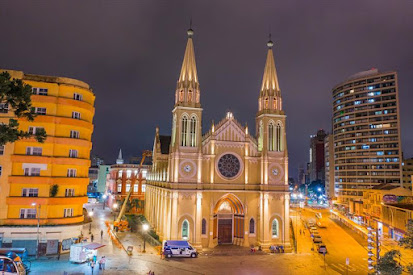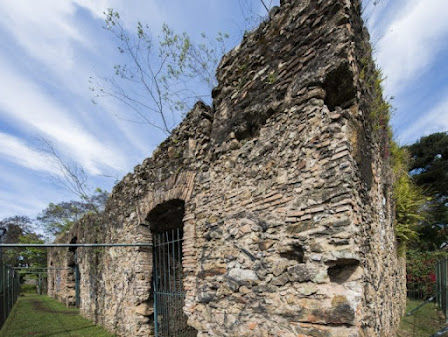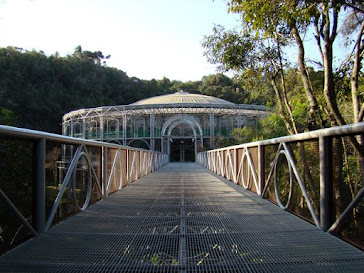The post-modern and contemporary architectures of Curitiba
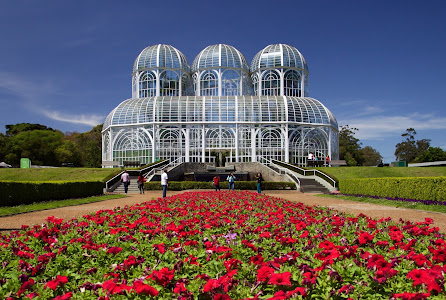
Welcome again, readers. Today, we are going to discuss the post-modern style of architecture and its impact on the city of Curitiba. Firstly, it is important to remember what this style represents: a nod to the past in order to create a fusion between the modern techniques and the previous traditions. When the so-called international style started to get criticized and rejected by many in the world, a series of architects abandoned patterns and labels to be able to enjoy all the possibilities provided by previous schools. That is why designs that seem antique and stuck in past are being revived in recent public constructions. Let's see how this way of approaching architecture shaped Curitiba. Botanical Garden of Curitiba The Botanical Garden of Curitiba is a public park that houses gardens, tropical plants and a series of sculptures. Its most iconic symbol is the art nouveau -inspired greenhouse, that makes use of the ''iron and glass architecture", more famously pr...
